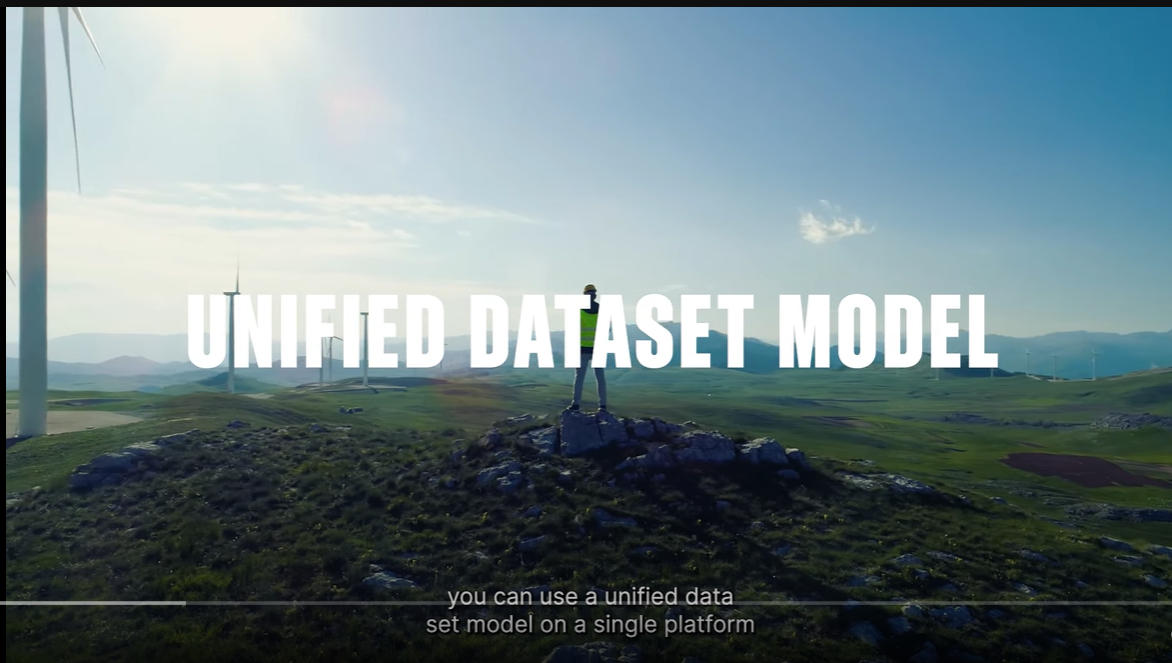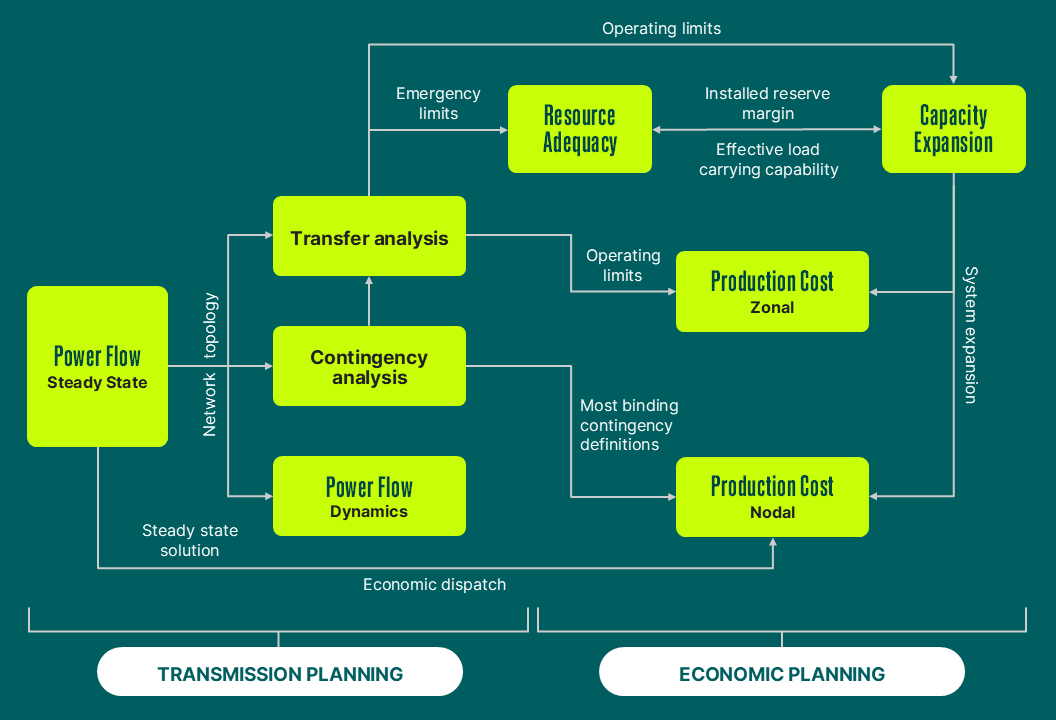High-fidelity Integrated System Planning requires a single solution with comprehensive capabilities
As electric grids around the world evolve, planners are navigating a surge in inverter-based resources (IBRs), expanding electrification, and increasing variable loads. Planning software are often fragmented and perpetuates a siloed approach to planning—one tool and data model to simulate power flow, another tool and data model to analyze production cost, and so on.
Planners today need to have a concurrent view of how load, capacity, and transmission constraints work together, taking into account the dynamic needs of the grid. Resulting in the industry-wide shift toward Integrated System Planning (ISP). If you would like to learn more about ISP, read Integrated System Planning and why it matters for a detailed look.
To have a more efficient way to plan holistically, planners need a platform that not only connects formerly siloed model assumptions and parameters but also manages the massive volume of data required to run scenarios. That’s where PlanOS from GE Vernova’s Consulting Services business aims to change the game.
What is PlanOS? A platform for long-term grid planning
PlanOS is the long-term grid planning software platform developed for un-siloed ISP, allowing unified data models to flow seamlessly between its simulation tools. With PlanOS, planners are able to achieve faster model development and run multi-functional analyses for economic planning, reliability assessments, and power flow, all from a single platform. This results in a seamless and high-fidelity view of a given power system, enabling faster and better-informed planning decisions.
PlanOS brings together GE Vernova’s decades of proven planning software (Production Cost, formerly MAPS*; Resource Adequacy, formerly MARS*; Power Flow, formerly PSLF*) and newly added Capacity Expansion into one powerful interface. Planning software made by planners for planners.
Read Building trust in tomorrow’s system adequacy: How PlanOS empowers confident Integrated System Planning for a deeper dive into PlanOS and its functions.
PlanOS: Enhanced by global data models
Disconnected models and manual model assumptions are challenging. PlanOS gives you access to GE Vernova’s commercially available global data models from over 55 countries. These high-fidelity models, developed and maintained by GE Vernova, provide a pre-built, high-quality dataset that serves as a starting point for planners.
Whether you’re modeling the grid of a major U.S. utility or a developing energy system in Europe, these models help to reduce start-up time while improving your analysis accuracy.
Learn more about these models in our recent article, A library of power grids.
Unified data flow: How PlanOS connects data across long-term planning functionalities




